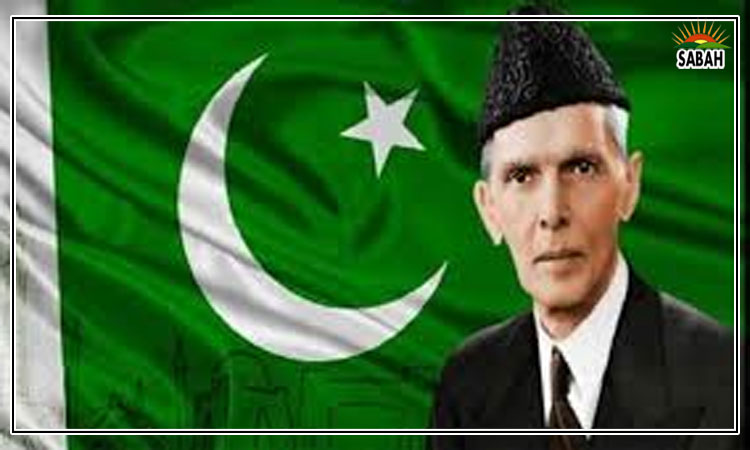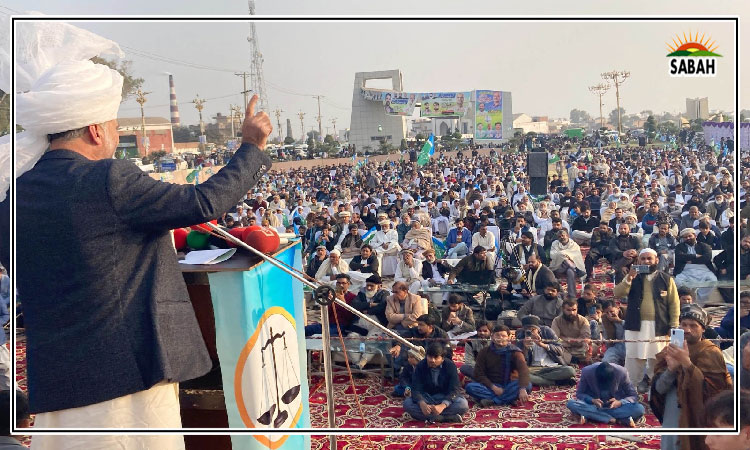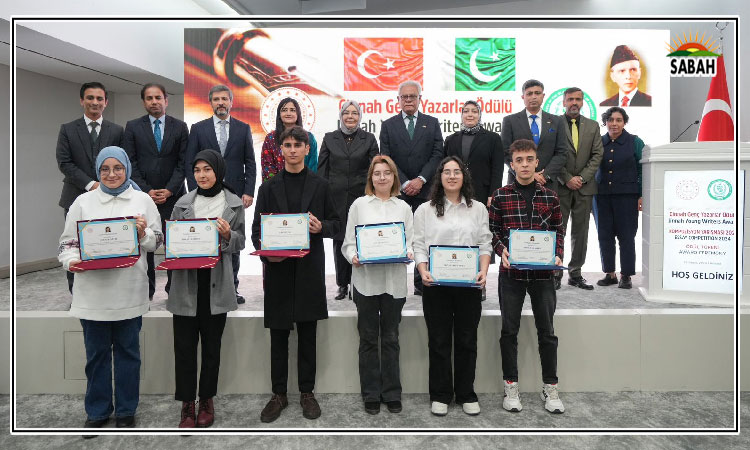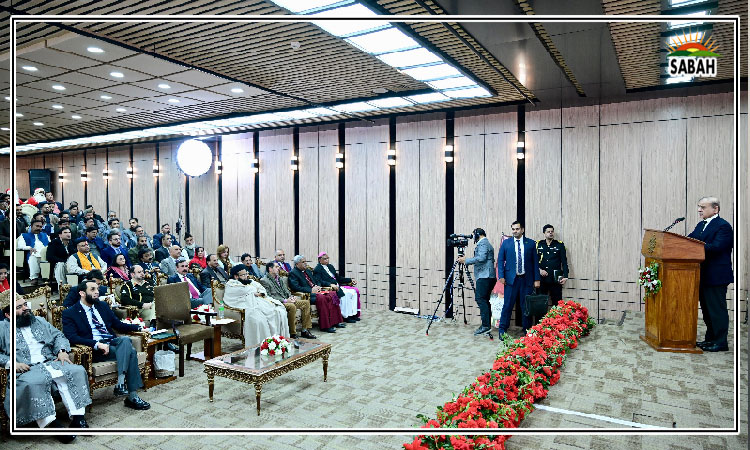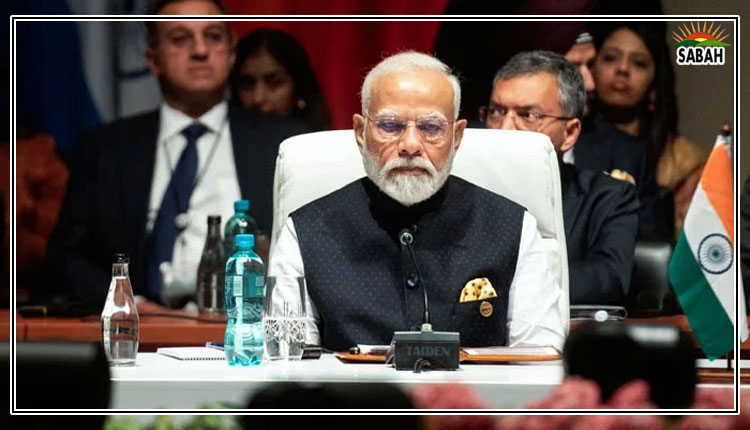India votes against Brand Modi…Yaqoob Khan Bangash
There is one thing certain in the 2024 Indian elections: no single party got a majority by itself to form the government. For the first time, Indian Prime Minister Narendra Modi will have to work with coalition partners and if history is any guide, the likes of Nitish Kumar and Chandrababu Naidu are not cakewalks.
Modi has never worked with coalitions, neither in Gujarat when he was chief minister, nor in the Lok Sabha, where he led in 2014 a 282-strong contingent of his Bharatiya Janata Party (BJP), ten past the 272-majority mark. Then in 2019, he improved upon this tally and achieved a massive 303 seats. Officially of course, the National Democratic Alliance (NDA), was in power, but Modi did not need any partners, and the manner in which cabinet berths were allocated and the business of the government run in the last ten years showed that allies were mere hangers-on.
The 2024 elections have dramatically changed this reality. Without allies and their issues, needs and demands Modi cannot form or remain in government. This is uncharted territory.
In parliamentary democracies, due to the nature of the game, very few periods are known by the name of the prime minister. Those that are, like the Thatcher era in the United Kingdom or the Nehru era in India, exhibit the towering nature of those leaders and the deep imprint they left on their country.
From the start of Modis term as prime minister, achieving and even surpassing this was his aim. From the very personalized and strong control style of governance, to wearing clothes with the imprint of his name even Covid vaccination certificates with his face, and a grand social media campaign solely focused on Brand Modi, or Modi ki guarantee, everything in the last ten years of India had to hover around him.
The Modi brand had become so confident that the 2024 elections were often slated as Modi v the Rest, as if simply this one giant who also then claimed not to have been born biologically was enough to single-handedly defeat all of the opposition. A grand target of 370 for the BJP, and a measly 30 for the other NDA allies, was then set by Modi to lead him beyond the 400 line to a two-thirds majority. All seemed to be working well till it didnt.
While the BJP will still form the government with allies, the opposition INDIA alliance has given a knockout even terminal blow to Brand Modi. It is not about the BJPs 240 versus the Congresss 99, or the NDAs 293 versus the INDIA alliances 232 those are numbers, and with a split mandate anyone who can cobble together a viable alliance can make government.
The real casualty of the election has been the failure of Modi vs the Rest mantra. The fact that Modi managed to win his Varanasi seat with only a 152,000 lead, while Rahul Gandhi who he and his supporters made fun of for a decade won with leads of nearly 400,000 thousand in both Rae Barelli in Uttar Pradesh (UP) and Wayanad in Kerala, must have stung too. How can people love the Pappu, as the BJP termed Rahul for years, more than their heavenly-born Modi?
While these elections will be unpacked by commentators for long, one thing is clear. Modi lost primarily because the Rest made this election Modi v the Constitution, and while the INDIA alliance might not have been able to easily dislodge Modi, a very large percentage of India recognized the threat and voted for the constitution.
Where Modi stood for Hindutva, the constitution stood for secularism; when Modi tried to scare the majority Hindus against the minority Muslims, the constitution guaranteed equality; when Modi tried to scare the rich and the middle class about the poor being given their wealth, the constitution spoke of equity and justice.
These and more such binaries were at play in the elections, giving the people such a stark choice even in the BJP heartland of UP that it lost badly to the INDIA alliance. The hasty inauguration of the Ram Mandir at Ayodhya weeks before calling the election also didnt help, and the BJP lost in the constituency.
The impregnable Gujarat fortress of Modi was also punctured by a lone Congress win, while the INDIA alliance made gains elsewhere too. The BJP of course did well in some places too, like Odhisa, and opened its account in the south, but by and large, the shocks were from the INDIA alliance.
The INDIA alliances win is not that it wrested power from the BJP/NDA, but that it has shattered the Modi brand and its claim of invincibility. For the INDIA partners the next two years it would be surprising if Modi lasts a full five years should be a time of consolidation, at the regional and national level, so that not only do they play their part as an effective opposition, but their state-level gains in the next two years should also easily propel them into power the next time.
After ten years of increasingly dictatorial rule, a return to normal parliamentary politics, with its coalitions, consensus building, and collaborative government, is the need of the hour in India. Stifling the opposition through central agencies, cases, jailing, freeing of accounts, horse-trading etc, should now be a matter of the past, and a focus on the people nearly one billion who gave their verdict for the constitution and its core values, must be respected.
Born on the same midnight, India and Pakistan always have something to learn from each other. India being Pakistans largest neighbour, we cannot ignore what is happening there and we especially cannot escape the importance of true parliamentary government and the supremacy of the constitution as the bedrock of our republic.
Courtesy The News




